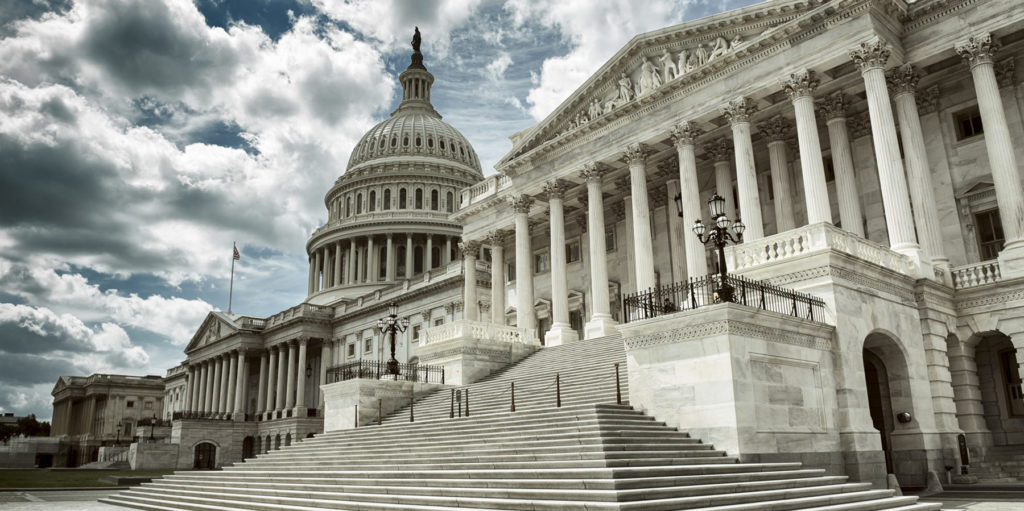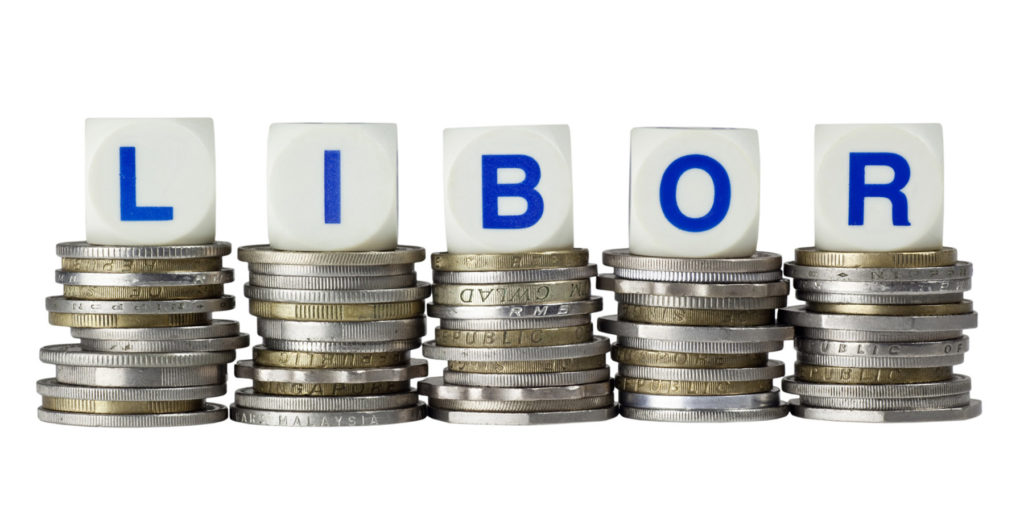Posts by buffalobuilt
Falling Rates: Impacts on the Structured Credit Markets
As the U.S. economy continued to strengthen in 2018, the Federal Reserve raised its benchmark interest rate four times. With the market pricing in additional future hikes, interest rates rose throughout the year, culminating with the 10-year U.S. Treasury yield reaching 3.24% in November, a level not seen in over seven years. The steady march…
Read MoreAuto Lending: What to Make of the Recent Increase in Delinquencies?
In the years immediately following the 2008 financial crisis, the availability of consumer credit tightened dramatically. As a result, the personal balance sheet of the average American improved as consumers were forced to de-lever in the absence of financing options. However, while mortgage credit issuance, the largest form of consumer credit, came to a virtual…
Read MoreGovernment Shutdowns: Analyzing the Economic Impacts of a “New Normal” Negotiating Tactic
On January 27, 2019, President Donald Trump signed a stopgap bill to fund the federal government for three weeks. The bill ended the longest government shutdown in history, which kept 800,000 federal employees out of work for an unprecedented 35 days and shuttered most federal agencies. The prolonged shutdown was the result of partisan gridlock…
Read MoreBrexit: Potential Impacts on U.K. Housing and Structured Credit
The United Kingdom’s (UK) decision to leave the European Union (EU) by referendum in June 2016 (“Brexit”) has been dominating global news headlines ever since, not least due to the closeness of the vote (51.9% v 48.1% leave/remain), but also due to the fact that even now, almost three years since the referendum was first…
Read MoreThe Decline of Retail: Implications for the CMBS Market
Retail bankruptcies and store closures have filled news headlines in 2018. Notable chains such as Toys-R-Us and Bon-Ton, ingrained in our culture and economy for decades, have gone into liquidation. Others such as Sears and Kmart have filed for bankruptcy after many years of weak performance. Store closure announcements seem to be a regular occurrence,…
Read MoreLeaving LIBOR: How Did We Get Here and What Comes Next?
The London Interbank Offered Rate, better known by its abbreviation, LIBOR, has been a key economic benchmark interest rate for decades. However, in 2017, the Financial Conduct Authority (FCA) announced it would phase out LIBOR, potentially impacting trillions of dollars of financial instruments linked to the rate, especially those in the structured credit and interest…
Read MoreUnderstanding CLOs: Exploring the Impacts of Various Dynamics on Market Spreads
With a potential wave of CLO supply hitting the market in October, largely from refinancing and reset transactions of existing deals, investors are preparing for a spread widening event. While it is almost assured that the refinancing and reset calendar will be heavy in October, the overall effect on market spreads is less clear. In…
Read MoreU.S. Housing Outlook: The Case for Continued Strength
The U.S. economy has experienced strong growth in recent years, led in part by a booming housing market that has significantly recovered from the years following the financial crisis. Higher home prices and increased homeowner equity have fueled consumer confidence, serving as a foundation for robust economic growth. However, recent macroeconomic data has indicated potential…
Read More







